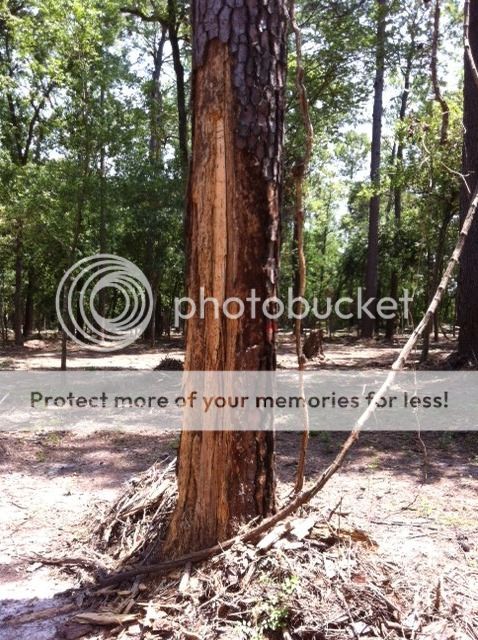So things I've learned the hard way,
If your in a tight stand with lots of snags, work your way into the snags, start at a good enough clear spot and begin your lay, fall some bigger trees to make room if you have to, above all get them down on the ground and a good corridor opened up. Keep in mind the next few trees to fall, and plan accordingly. once you get near a snag and its a possible danger deal with it, if you have to fall some more first, so be it. Whatever happens don't try falling anything past a snag, you could brush it and have the bastard come back at ya. And avoid using wedges in snags, if they are really rotten you won't get anywhere, and worse case scenario you knock the top out on top of ya, granted sometimes you don't have any choice and are forced to use one, just be ****ing careful, smack the wedge look up, or better yet smack it while looking up (I'm not that cool) and be ready to run like Hel.
Contrary to conventional wisdom falling snags in second growth should not be done first, often the stand is too tight and won't let the snag come down all the way, or you get what happened to you, all bad things. In an old growth or sparse stand, by all means go through and take out all the snags first, thinnings and thick stands have their own rules and are a total pain in the ass to hand fall.
Get clear of the tree hide behind something whatever, then stop, look up, catch yer breath, watch all the tops near by after all you just pounded 2 tons of rotten wood through 500 brittle branches, damned near anything could be waiting for you to be lined up under it.
And don't bother trying to squeeze anything past a spruce, they are made out of Velcro and like to play catch.






